
Between the Lines: Master the Subtle Elements of Fiction Writing by Jessica Page Morrell
- Paperback: 304 pages
- Publisher: Writers Digest Books (April 25, 2006)
- Language: English
- ISBN-10: 158297392X
- Buy it here!
I didn’t remember the subtitle of Jessica Page Morrell’s book until I looked at the cover again to write this review. I was ready to say that Morrell explores the subtle necessities of fiction writing. “Subtle” because they often take a back seat to grammar and usage. “Necessities” because without them, writing falls flat.
Now don’t confuse “subtle” with invisible or unimportant. Instead, these are the elements that leave you scratching your head at the end of a truly great read and saying, “Now that was satisfying, because, because …”
Think of these elements as the little trade secrets that separate “okay” writing from “wow” writing. And those secrets are all laid out neatly in this book.
Who’s this for: Writers ready to take their novels to the next literary level.
Organization: As this is not a “write a novel” guide, the book doesn’t walk through a menu or chronological how-to. Instead, it serves as a reference for the tools available to enrich your prose. While I can see referring to chapters on “backstory” or “prologues” or “imagery” individually, I can also see the benefit of rereading the book start to finish from time to time as a reminder of tools available.
Use of examples: Some writers on writing seem to go out of their way to cite literature that is not only inaccessible but also, little known. Readers, then, have to work too hard to place the concept in the familiar. Morrell uses popular fiction and even movies from time to time in crystal clear examples. It’s like comparing someone to your best friend – you get it easily.
Favorite chapter: “Chapter 5 – Epiphanies & Revelations.” The chapter includes a brief discussion of the difference between the two, the components of a strong epiphany and exercises for using revelations to enhance pacing and suspense.
Biggest myth debunked: Backstory is a novel’s nemesis. In fact, backstory used and placed wisely, can layer and enrich a shallow story. Morrell illustrates multiple techniques for doing so.
Resonated most: The discussion of prologues in frame stories. I used this technique in a historical novel I’ve written. The manuscript is now resting for a while. But when I return to it, I hope to keep the frame story in place because my prologue provides an eerie set-up to the extended flashback of the main story.
Best lesson: Create settings that multitask. As a children’s author I don’t always pay close enough attention to setting. I create one – often fresh and fun. I introduce it. And then I forget about it. Morrell encourages writers to delve into their settings to make them work harder for the story – even, perhaps, to suggest themes.
Best exercise: In the section on imagery and metaphor, Morrell suggests constantly brainstorming this question as you write – “What does this remind me of?” Avoid the first thing that comes to mind as it will likely be a cliche. A lengthy list will eventually reveal fresh imagery. As Morrell says “Comparisons, especially similes, should jolt the reader just a little. He should feel pleasure and recognition upon reading.”
Oldie but Goodie: Reminder that a “ticking clock” is a great device for raising the stakes.
Something I hadn’t thought of: Use of multiple tools for foreshadowing and its importance.
Should have been the last chapter: “Chapter 14 – Subtlety” – Morrell’s discussion of subtext and “Tips for Writing with Subtlety” beautifully gel the ideas that make this book different than any other craft book for me. Taking writing to the next level is often more about paring down than bulking up. It’s about taking more time, more thought and more care without necessarily putting more words on the page – just the perfect words.



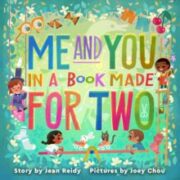
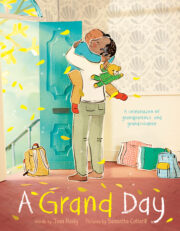
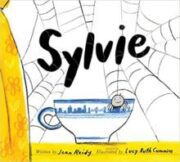
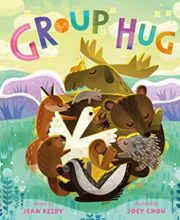
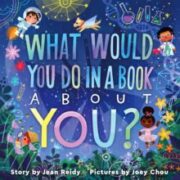

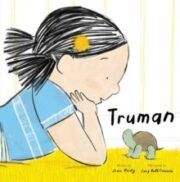


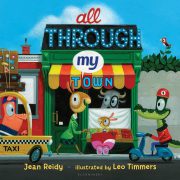
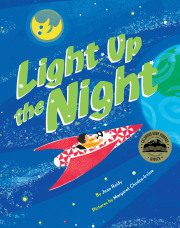
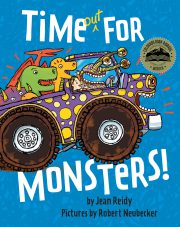
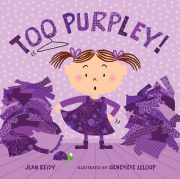
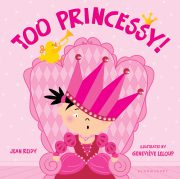

This book sounds like it has some great pointers. Thanks for sharing.<br />Blessings,<br />J. Aday Kennedy<br />The Differently-Abled Writer & Speaker<br />Children's Author of Klutzy Kantor & Marta's Gargantuan Wings <br />www.jadaykennedy.com
Jean,<br />Thanks so much for the review. I so appreciate it. I worked hard on Between the Lines and am proud of it, but mostly I'm so happy that it helps writers with the smaller parts of writing, especially those not always talked about. Cheers, Jessica
I'm so glad to hear that someone is talking about setting. I've been noticing lately how much it's being neglected in contemporary YA, especially. A good example of a novelist who manages to create a solid setting without laboring over it is Rebecca Stead in When You Reach Me. It's always there, but it just feels so natural– like a part of the character and her story. I'm
So true, Tamson. The setting in WHEN YOU REACH ME – from under the mailbox to the deli to the $20,000 Pyramid – is integral to the plot and perfectly constructed. I have to wonder about examples of novels in which the setting deliberately takes on a lesser role, and when that might work.